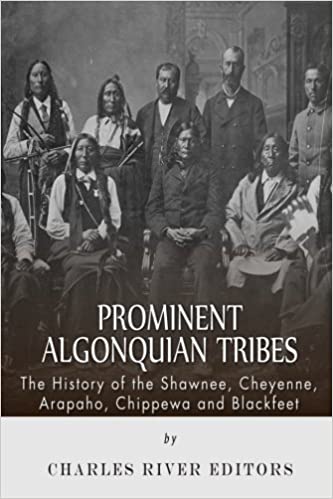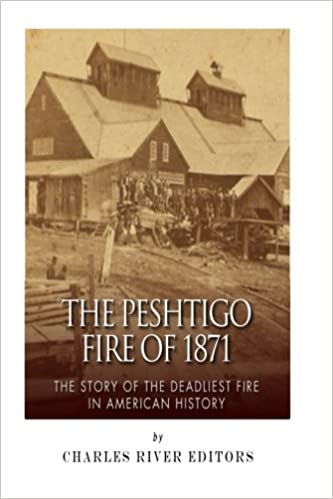Nat Love: The Life and Legacy of the Former Slave Who Became the Wild West's Most Famous Black Cowboy
ISBN: 9781670812247“Mounted on my horse my...lariat near my hand, and my trusty guns in my belt...I felt like I could defy the world.” (Nat Love)
The American mountain man, with his myriad of practical skills, could endure isolation in a way most could not. He lived in constant peril from the extremes of nature and from the hostilities of cultures unlike his own. In an emergency, assistance was rarely available, and he rarely stayed in one place long enough to build even a simple shelter. Travel in the American West relied upon a specific calendar, and to ignore it could be fatal, as many discovered, to their misfortune. Winter in the mountainous regions of the Rocky Mountains and Cascades was lethally cold to explorer and settler alike, but desert areas and grass plains presented difficulties as well. The network of rivers flowing west of the Mississippi on both sides of the continental divide served as early highways to the Wyoming and Montana regions, the Oregon Territory, Utah and Colorado, and the California southwest. Some were placidly tranquil, while others raged through the extreme elevations, all but defying navigation.
Explorers, soldiers, and settlers of African-American heritage comprise an unfamiliar story to most students of American history. However, in the push westward, they were present in sufficient enough numbers to exert great influence on the nation’s development. Among the earliest accounts is that of Isabel de Olvera, who settled in New Mexico around the year of 1600, and it is estimated that by 1750, 25 percent of Albuquerque’s population shared discernible African ancestry. York, the well-known servant of Lewis and Clark, accompanied the legendary expedition under the auspices of the Jefferson administration, and Edward Rose traveled up the Missouri River in the same era. Within just a few years, Pio Pico became the governor of California, and George Bush became one of the first Black men to travel the Oregon Trail, opening that route to a flood of settlers over a 10-year period.













